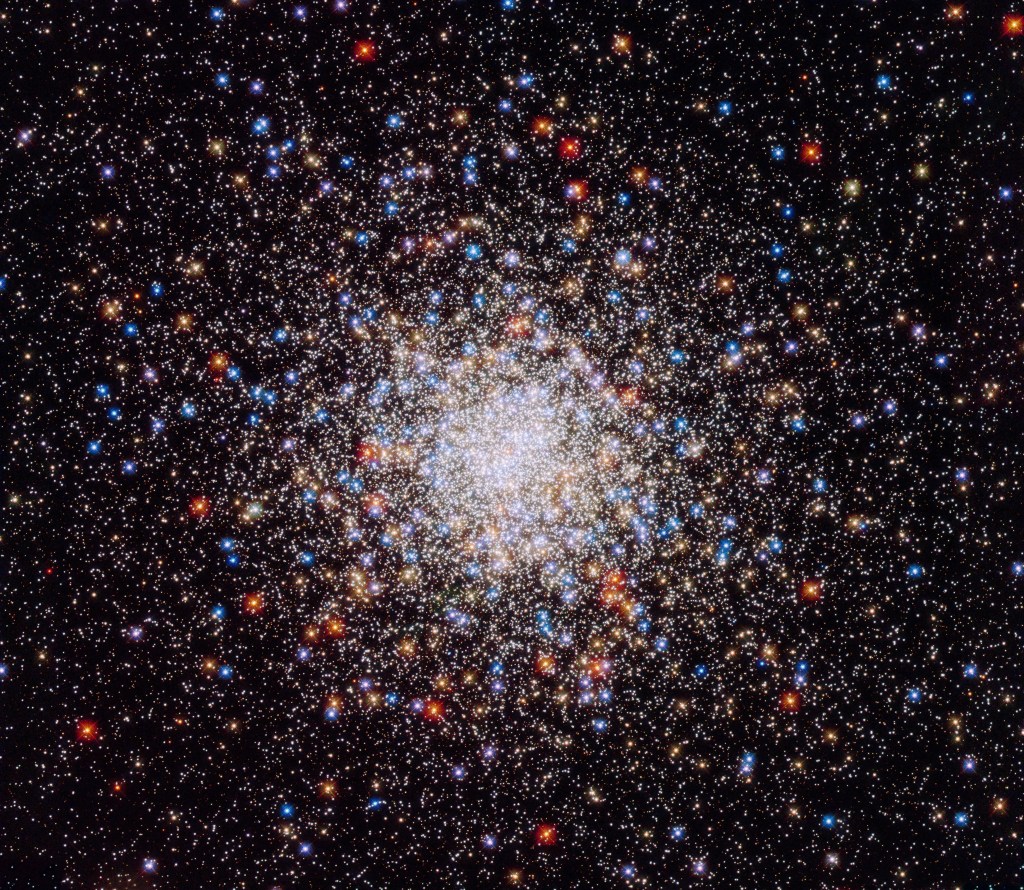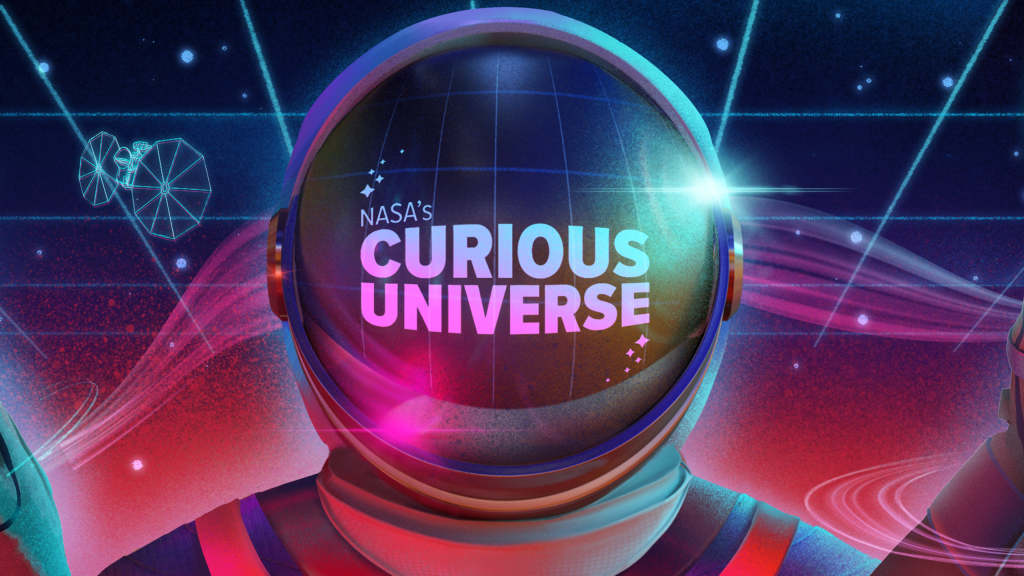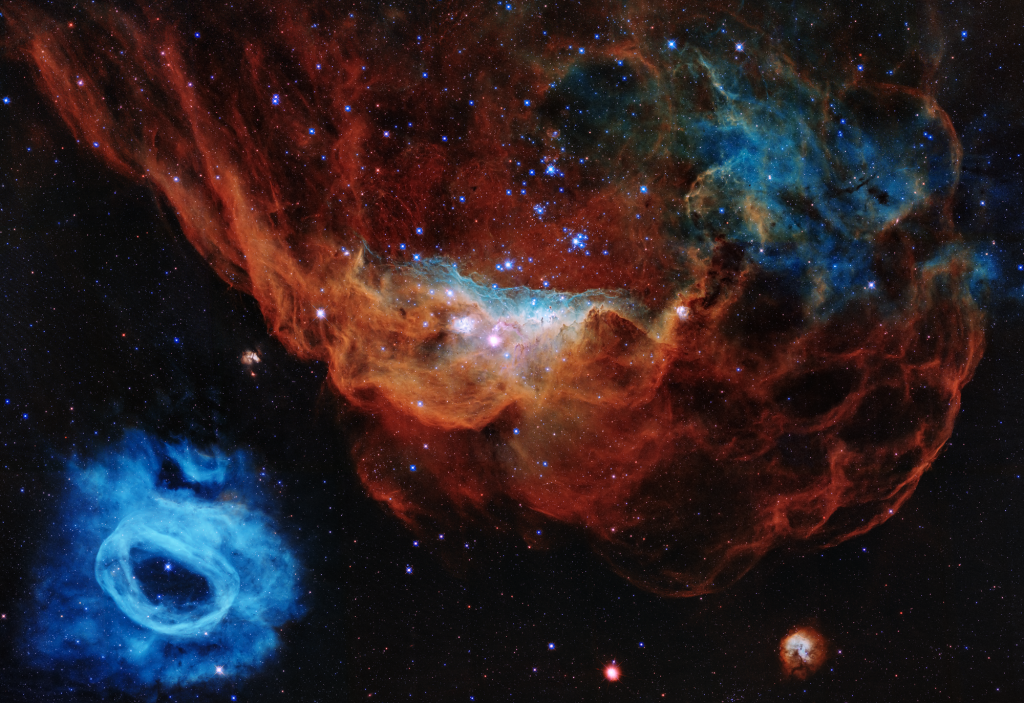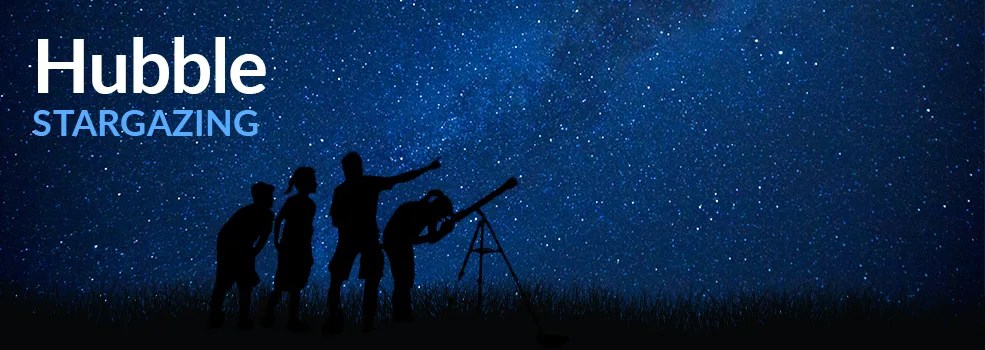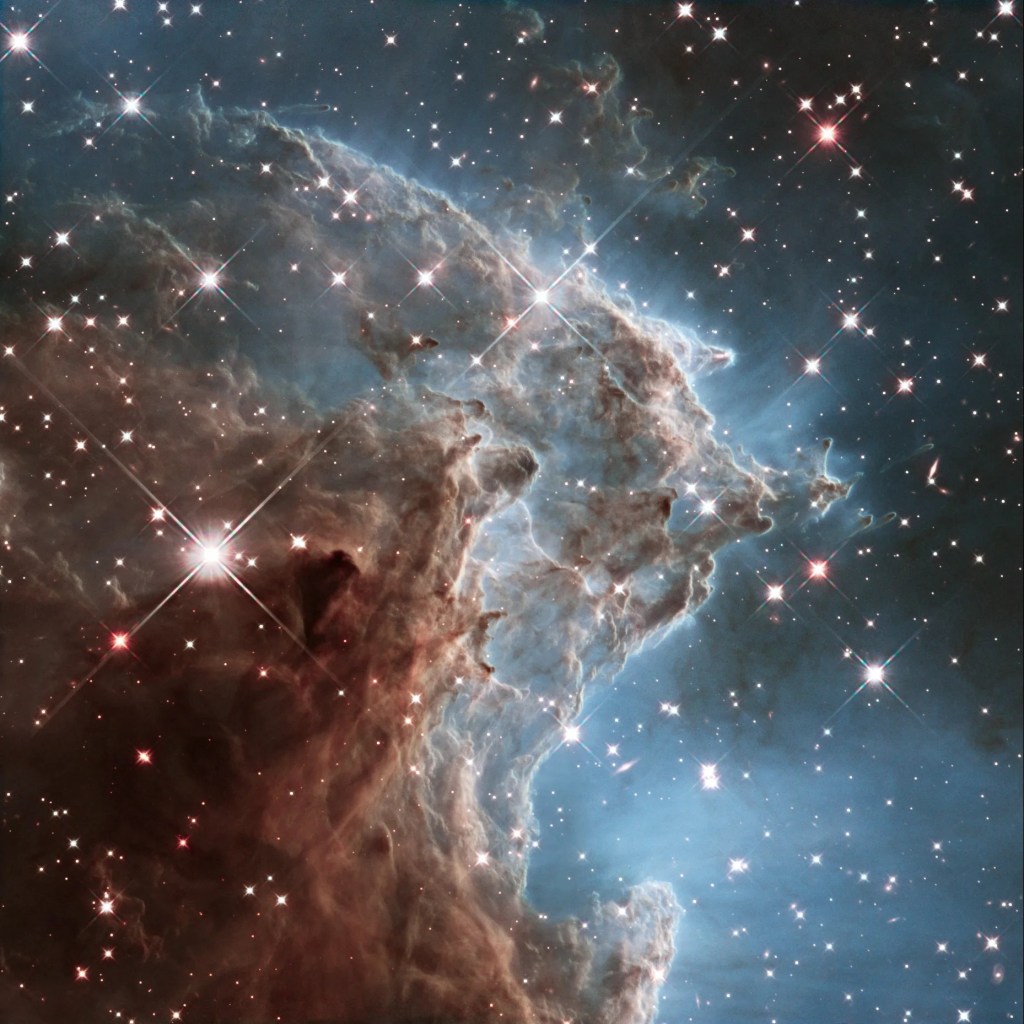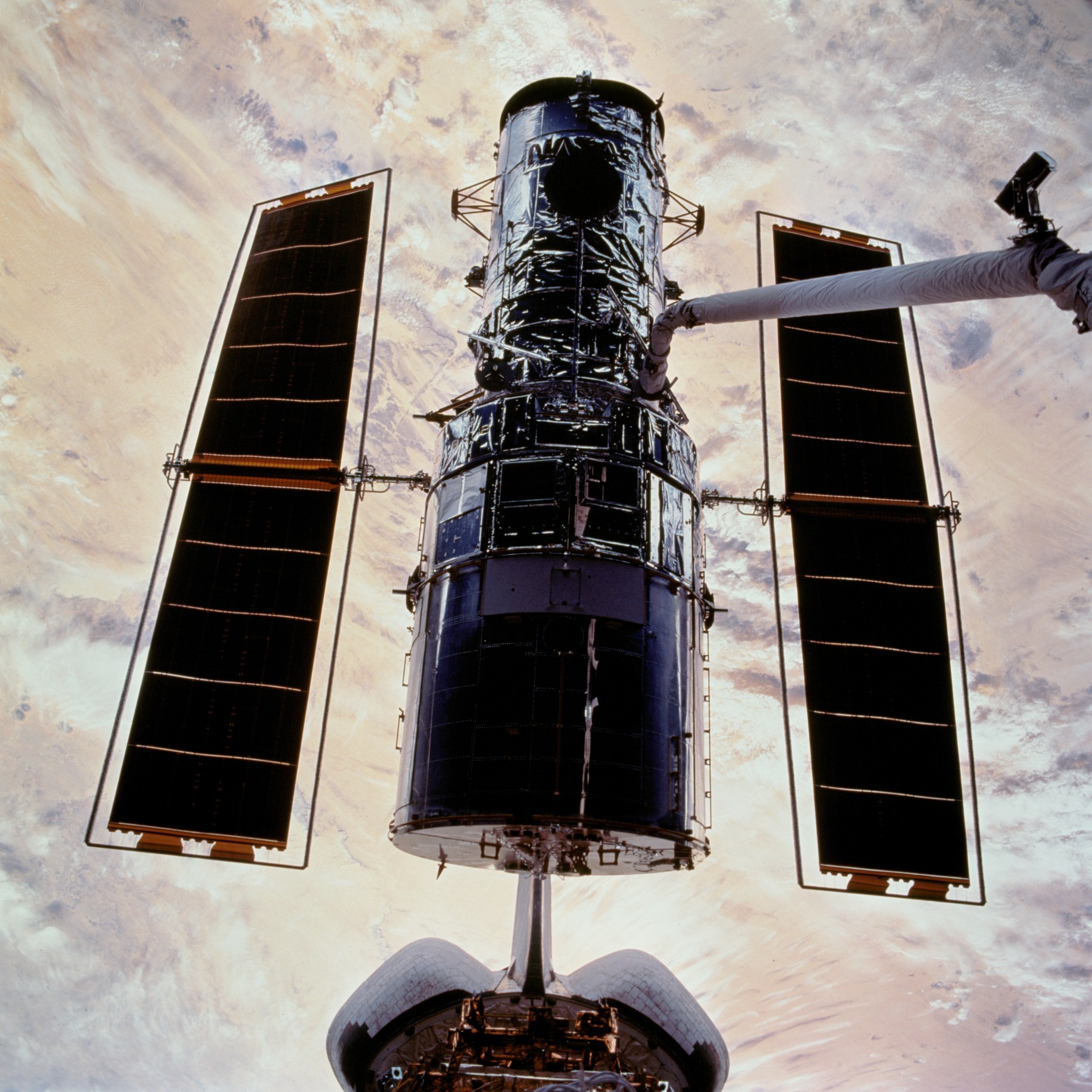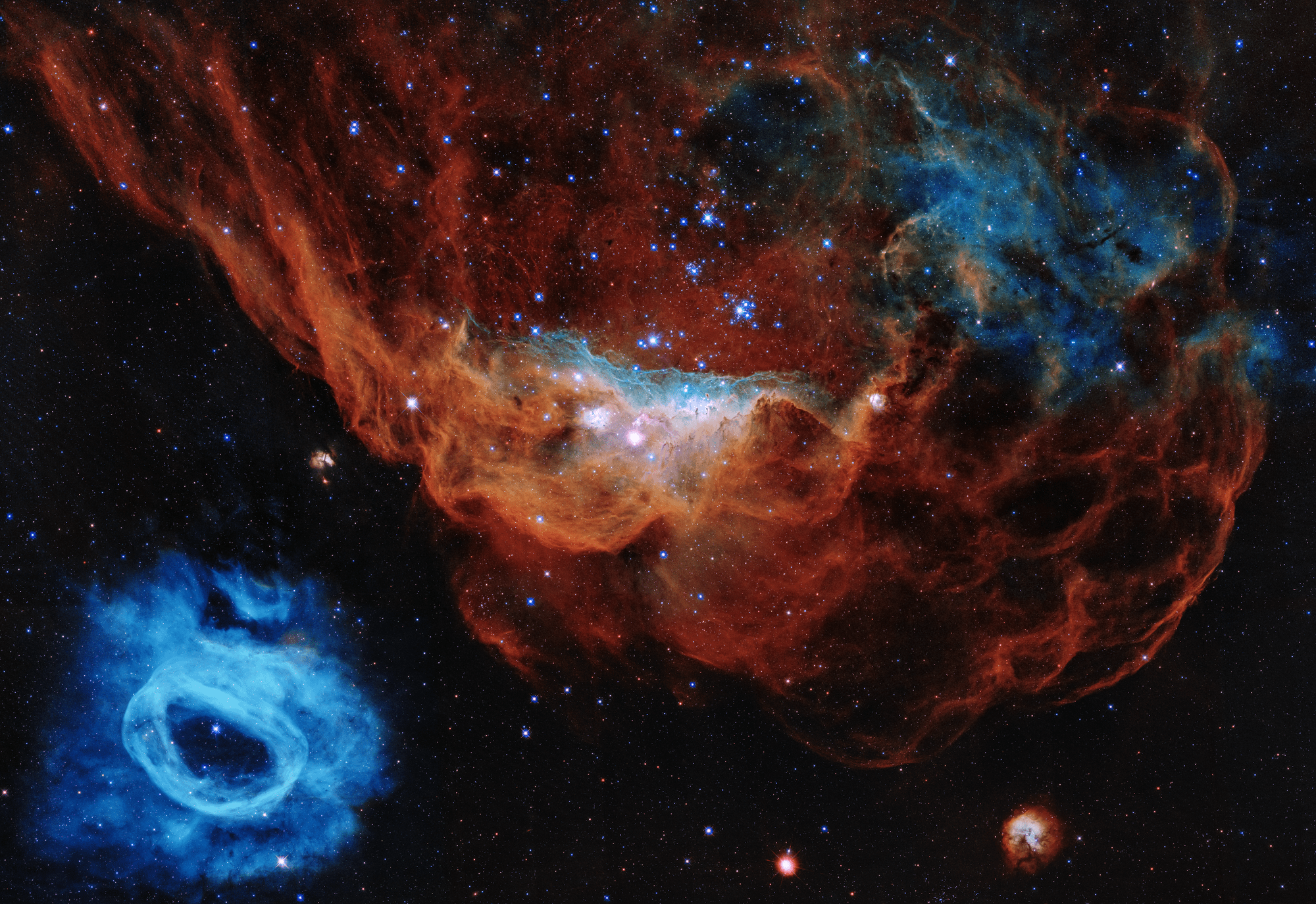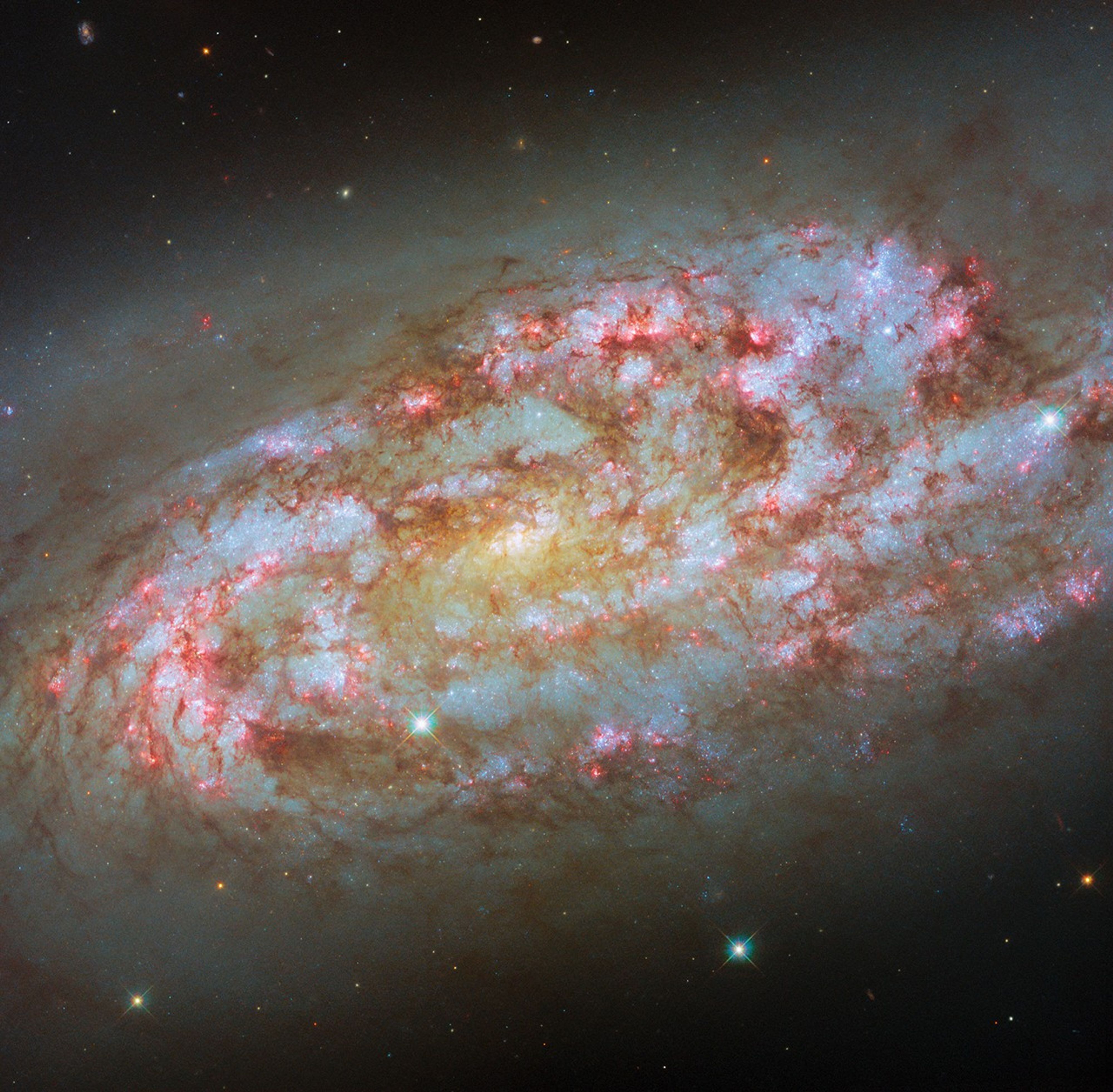In 2020, the Hubble Space Telescope achieves its 30th year in orbit. Hubble’s unique design, allowing it to be repaired and upgraded with advanced technology by astronauts, has made it one of NASA’s longest-living and most valuable space-based observatories, beaming transformational astronomical images to Earth for decades.
Hubble has fundamentally changed our understanding of the cosmos, and its story — filled with challenges overcome by innovation, determination, and the human spirit — inspires us.
Throughout the year, we’ll celebrate the many ways that Hubble has brought the universe home to Earth with new images, videos, and documentaries, interactive features, social media events, and more.
To keep updated on all of NASA's Hubble anniversary activities as they develop, be sure to follow us on Twitter, Facebook, and Instagram, or use #Hubble30.
Hubble Anniversary Images
Cosmic Reef
This Hubble 30th anniversary image, nicknamed the “Cosmic Reef” because of its resemblance to an underwater world, shows how young, energetic, massive stars illuminate and sculpt their birthplace with powerful winds and searing ultraviolet radiation.
The giant red nebula, NGC 2014, and its smaller blue neighbor, NGC 2020, belong to a star-forming region in the Large Magellanic Cloud, a satellite galaxy of the Milky Way, located 163,000 light-years away. A sparkling centerpiece of bright, hefty stars — each 10-20 times more massive than our Sun — in the center of the reddish NGC 2014 unleash ultraviolet radiation and winds of charged particles that heat and shape the gas around them.
The blue areas in NGC 2014 reveal the glow of oxygen, heated to nearly 20,000 degrees Fahrenheit by the blast of ultraviolet light. The cooler, red gas indicates the presence of hydrogen and nitrogen.
The blue nebula at lower left has been created by a solitary, mammoth star 200,000 times brighter than our Sun. This nebula's gas was ejected by the star through a series of eruptive events as the star cast off some of its outer layers.
Rubin's Galaxy
This image, which kicked off Hubble’s 30th anniversary commemoration, captures a majestic spiral galaxy that's 2.5 times wider than our Milky Way and contains 10 times as many stars. It appears to have been sitting quietly over billions of years, birthing stars at about half the rate of the Milky Way. The galaxy, UGC 2885, has been nicknamed "Rubin's galaxy," after astronomer Vera Rubin (1928 – 2016), who studied this galaxy's rotation rate in search of dark matter.
Astronomers seek to understand the galaxy’s huge size, investigating whether the galaxy consumed much smaller satellite galaxies over time or built up its mass by slowly and steadily accreting gas for new stars.
A number of foreground stars in our Milky Way can be seen in the image, identified by their cross-shaped diffraction spikes.
